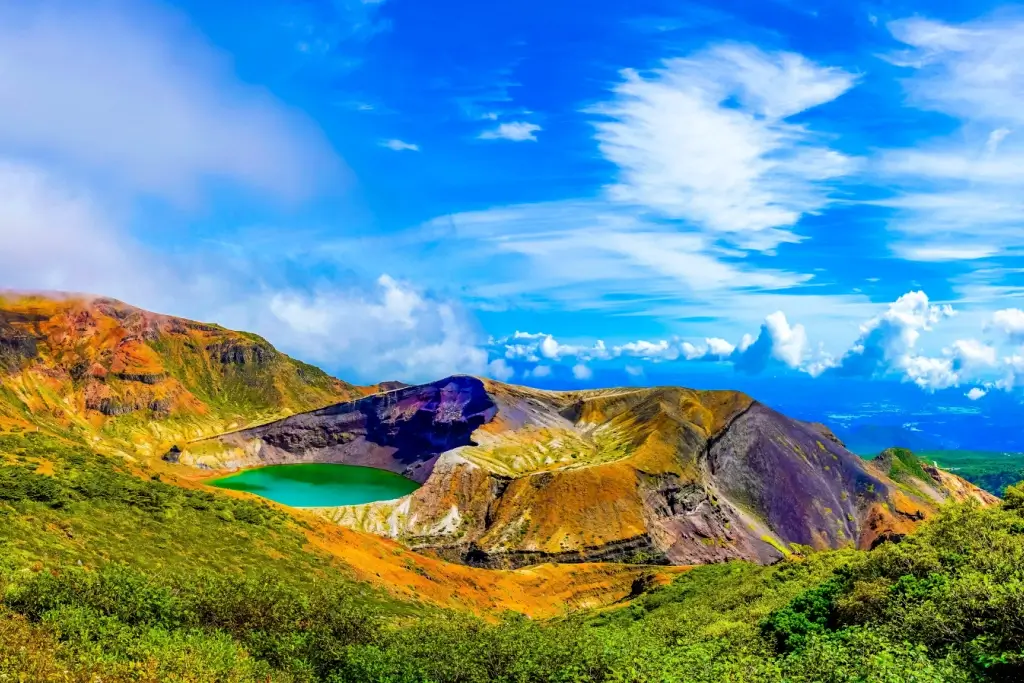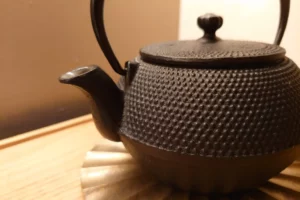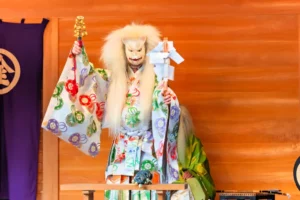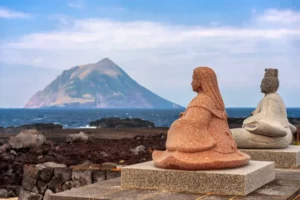If you’re eager to explore the northern regions of Japan, don’t miss Miyagi Prefecture! This captivating destination boasts many historical sites, stunning scenery, and vibrant cultural experiences, making it an ideal choice for your next adventure. We’ll highlight five top locations showcasing Miyagi’s best!
Table of Contents
ToggleWhere is Miyagi Prefecture?
Miyagi Prefecture is located within Japan’s Tohoku region along the Pacific coast. Its capital is Sendai City, which has a population of roughly 2.266 million. The Tohoku Shinkansen takes approximately 1 hour and 30 minutes to reach Sendai from Tokyo.
Zuihoden
Zuihoden is a mausoleum in Sendai City built for Date Masamune, one of the most powerful feudal lords of the Edo Period (1603-1868). Date Masamune founded the Sendai domain, which he ruled from the nearby Aoba Castle. The mausoleum was originally built in 1637 following Date Masamune’s passing and was constructed in the gorgeous Japanese architectural style known as Momoyama.

However, a fire destroyed the original mausoleum during the war in 1947. In 1931, builders reconstructed the building using modern technology, and they repaired it again in 2001 to make it resemble the original mausoleum more closely. Visitors to the museum can enjoy the intricate woodwork techniques and vivid colors that are less common in present-day Japanese architecture.
Okama Crater
Visiting Okama Crater feels otherworldly, offering a unique landscape unlike any other you’ll encounter in Japan or beyond. The crater, shaped like a cooking pot, holds a small lake in Mount Zao in the Tohoku Region. Locals refer to this lake as Goshikinuma, meaning “five-colored pond,” because its waters change from dark green to blue depending on the sunlight. Due to the firm acidity of the water, there is no life in the lake.

Mt Zao is still an active volcano, so visitors can only see the crater from afar. Additionally, due to heavy snow, access to the crater is closed in winter months. One of the best seasons to visit the crater is fall, when the surrounding mountains transform into different types of reds and oranges thanks to foliage. A trip to the crater makes for an excellent day excursion from the nearby Zao Onsen.
Are you looking for amazing snacks from places like Miyagi Prefecture? Check out Sakuraco! Sakuraco delivers traditional Japanese snacks, sweets, tableware, and more from local Japanese makers right to your door, perfect for a pleasant snack time at home!
Matsushima Bay
Matsushima Bay is one of Japan’s three most scenic views, sharing this honor with Miyajima in Hiroshima and Amanohashidate in Hyogo. This bay also features a collection of 260 islands of various sizes, all adorned with pine trees. Visitors can easily explore three of these islands, which connect to the mainland via footbridges while taking a cruise offers access to the remaining islands.
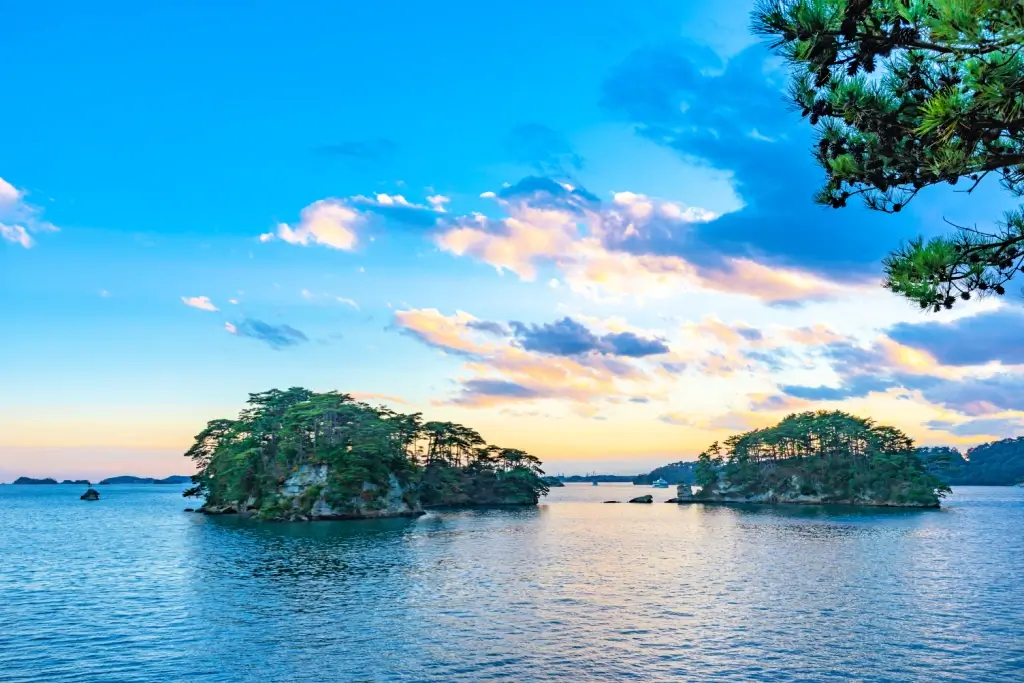
The best vantage points for panoramic views of these islands are shitaikan, each nicknamed to highlight its unique perspective. Mount Otakamori provides the sokan, or magnificent view. At Mount Tomiyama, the highest viewpoint among the Shitaikan, you can enjoy the reikan, or elegant view. The ikan, or grand view, awaits you at Mount Tamon.
Finally, the yukan, or spiritual view, is visible from the Ogidani Highland, renowned for its stunning autumn scenery. The most notable temples to visit on these islands are the Zuiganji Temple and the Entsuin Temple. Zuiganji Temple was built in 828 and is considered the most important Zen temple in the Tohoku region. However, Date Tadamune built the Entsuin Temple in 1646 to mourn his son. Both temples profoundly connect to the region’s rich history and spiritual heritage.
Miyagikyo Distillery
If you love whisky, visit the Nikka Whisky Miyagikyo Distillery in Sendai City. The distillery was built in 1969 by Masataka Taketsuru, the “Father of Japanese Whisky.” It was the second distillery in Japan, following the first Yoichi distillery in Hokkaido. Masataka Taketsuru visited Scotland before building Miyagikyo and wanted to experiment with the new techniques he had learned.
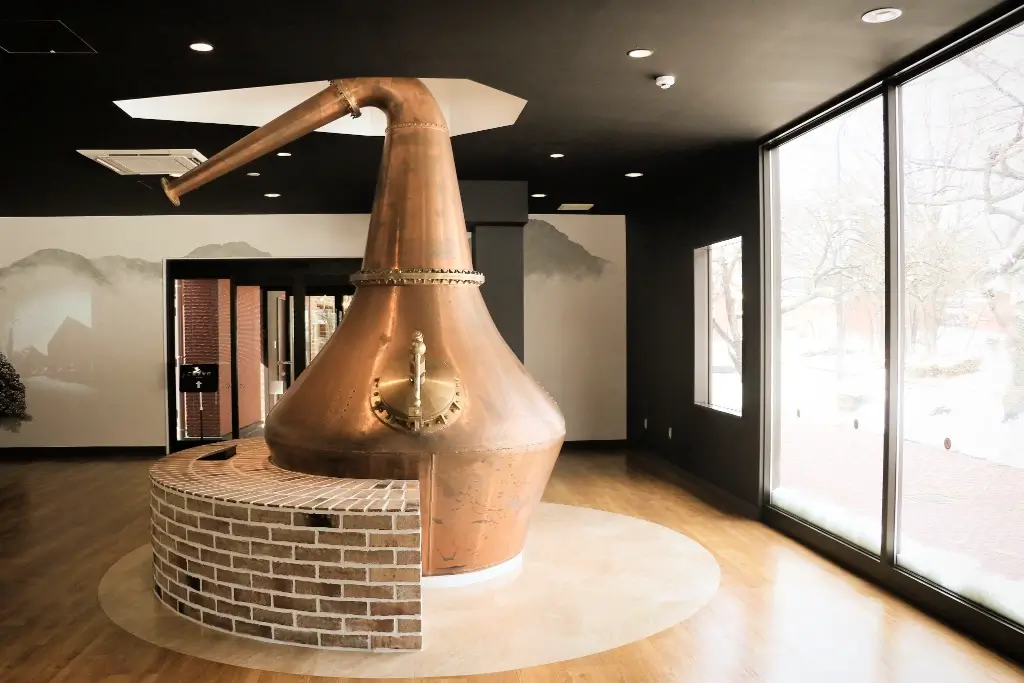
Taketsuru selected the Miyagi location for its exceptional water quality, sourced from the Hirose and Nikkagawa rivers. He believed the region’s climate would be perfect for whisky production. This prediction was confirmed when Miyagikyo whisky became even more popular than the Yoichi distillery he owned. Visitors to Miyagikyo Distillery can enjoy guided whisky tours, tasting seminars, and a gift shop featuring limited edition bottles.
Sendai Castle
Sendai Castle, or Aoba Castle, was built in 1601 by Date Masamune in the city of Sendai. The castle is near cliffs, a forest, and the Hirose River, making it suitable for defense and strategic oversight in times of war. Between 1616 and 1710, the castle was repeatedly destroyed by sizeable earthquakes and fires. Additionally, due to a large fire in 1882 and the US bombing in 1946, most of the remaining structures were ruined.
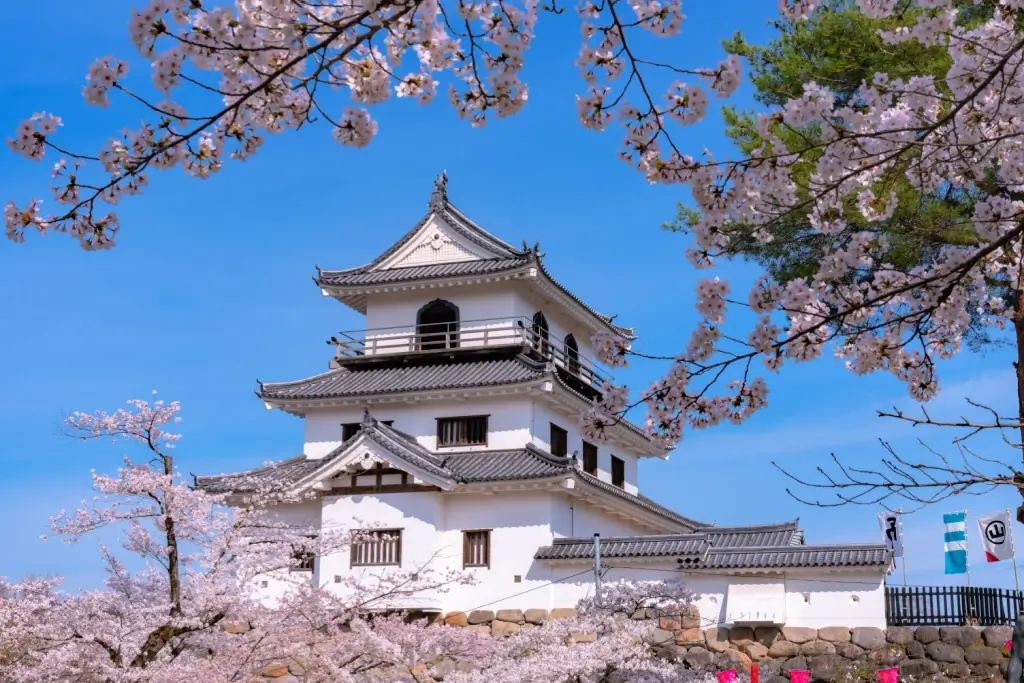
In 1957, the castle was returned to Sendai after being controlled by the US government, and in 1961, the Sendai City Museum was built. Over recent decades, some walls and stone bases were rebuilt, allowing visitors to better glimpse the castle’s history. Additionally, the museum offers VR experiences, allowing you to walk around the castle grounds as if they were still intact! This can be a tremendous half-day experience to fully immerse yourself in Sendai’s rich history.
Why should I visit Miyagi Prefecture?
You should visit Miyagi Prefecture because its landscape and deep historical roots enchant visitors. More specifically, you can explore the picturesque islands of Matsushima Bay, marvel at the vibrant hues of Okama Crater, and discover the legacy of Date Masamune at Zuihoden and Sendai Castle. Be sure to visit Miyagikyo Distillery, where you can savor world-class whisky and also learn about Japan’s whisky-making traditions.
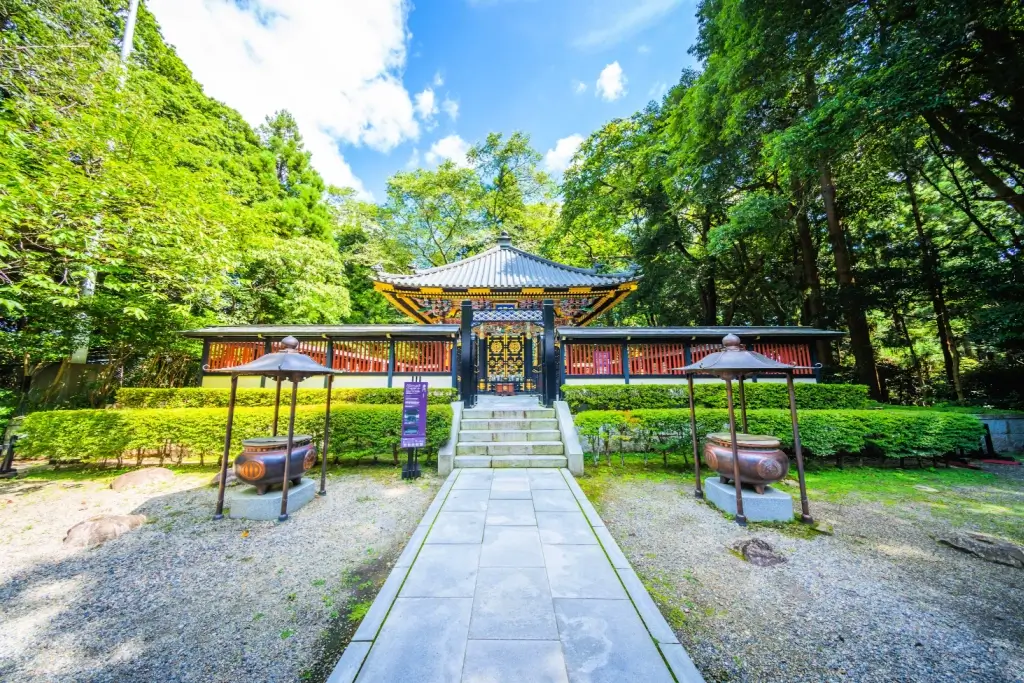
Easily accessible from Tokyo, Miyagi Prefecture is ideal for those seeking a blend of natural wonders, cultural insights, and culinary delights. What places in Miyagi are you most excited to visit? Share your thoughts in the comments below!


